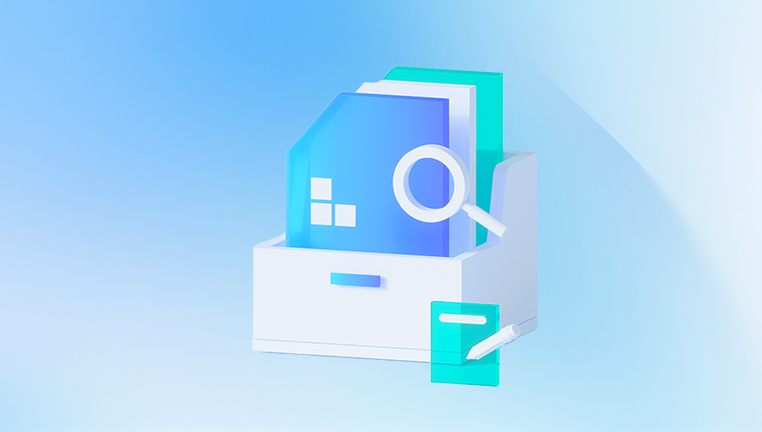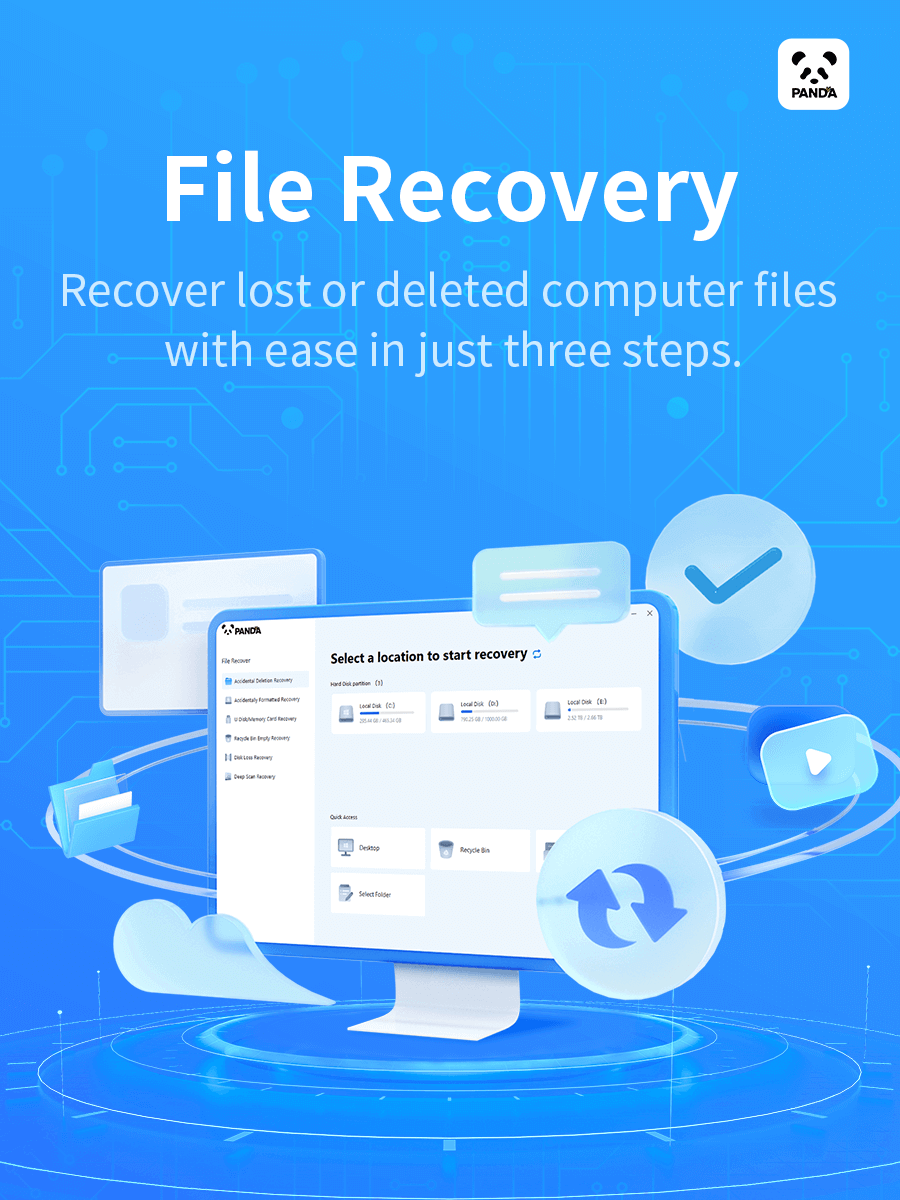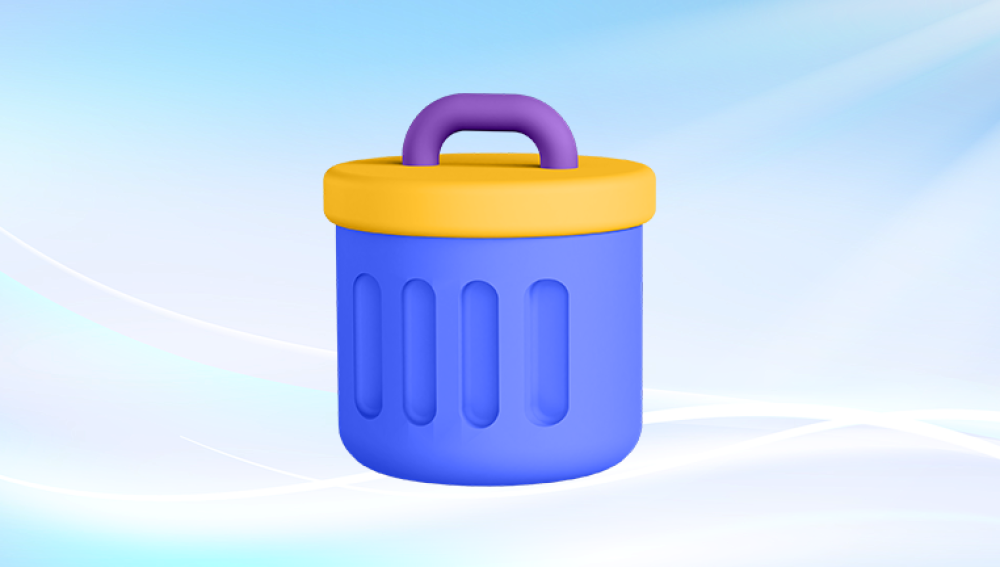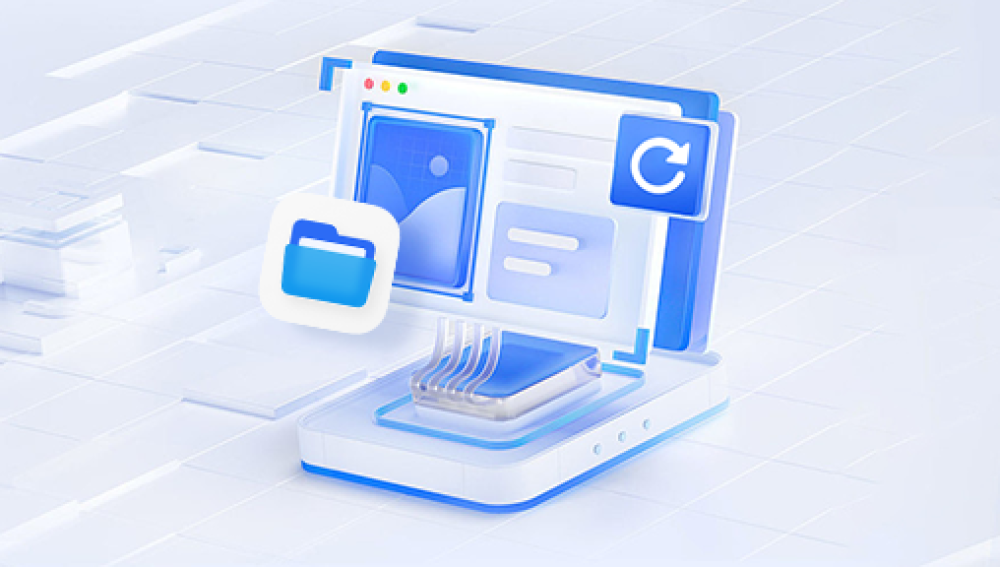Restoring Shift-Deleted files can be a daunting task, especially when users realize that they have permanently deleted important data without realizing its impact. Files deleted using the “Shift + Delete” combination bypass the Recycle Bin and are immediately marked as deleted from the system, leading many to believe that they are lost forever. However, with the right tools, knowledge, and approach, it is possible to recover these files and avoid irreversible data loss.
1. Shift-Delete: The Basics
The Shift + Delete function in Windows provides a way to permanently delete files and folders from the system. When you delete a file using the regular “Delete” option, it is moved to the Recycle Bin, allowing users to easily restore files if necessary. However, by pressing Shift + Delete, you skip this step, and the file bypasses the Recycle Bin. This means that the file is marked for deletion immediately.
While it may seem like the file is gone for good, it’s important to understand that this is not entirely true. Windows just marks the space the file occupies on the disk as available for new data. The file itself, however, may still exist in that space until it is overwritten by new data.

2. How File Deletion Works: What Happens When You Press Shift + Delete?
When you press Shift + Delete, several things happen in the background:
The file is marked for deletion in the file system.
The data is no longer accessible through its regular path in the directory structure.
The space where the data is stored on the hard drive is flagged as "available" for new data to overwrite it.
This means the file is not truly gone, but rather it is invisible and inaccessible to the user. As long as the data has not been overwritten by new data, there is still a chance to recover it.
3. Why Shift-Deleted Files Are Not Truly Gone (Initially)
As mentioned, Shift-deleted files aren’t immediately erased from the storage drive. When you delete a file, only the pointers or references to the file are removed from the file system, making the data appear as though it’s no longer there. In fact, the data remains intact on the hard drive until new data is written to the same physical sectors where the file resides.
This is why data recovery is often possible after a file is Shift-deleted — provided that the disk sectors containing the deleted file have not yet been overwritten. The longer you wait to attempt recovery, the higher the likelihood that the data will be overwritten and thus rendered unrecoverable.
4. Important Factors to Consider Before Attempting Recovery
Before diving into the recovery process, it’s important to understand certain factors that can affect your success in restoring Shift-deleted files:
Time Sensitivity: The sooner you attempt recovery, the higher the chances of success. Over time, files are more likely to be overwritten.
Drive Activity: If the drive is actively being used (for example, if you’re saving or downloading files), it increases the likelihood of the Shift-deleted file being overwritten. Avoid writing new data to the drive if you want to recover files.
File System Type: The file system (e.g., NTFS, FAT32. exFAT) can affect the recovery process. NTFS tends to leave a better trace of deleted files compared to FAT-based systems.
Drive Type: Recovery on an SSD (Solid State Drive) is different from a traditional HDD (Hard Disk Drive). SSDs use TRIM commands to actively erase deleted data, which makes recovery more challenging on SSDs.
5. Methods to Recover Shift-Deleted Files: Step-by-Step
5.1: Using File History (For Windows Users)
Windows 10 and later versions come with a built-in feature called File History, which regularly backs up files. If you have this feature enabled, you can restore Shift-deleted files:
Right-click the folder or directory where the file was located.
Select Restore previous versions.
A list of previous versions of the folder will appear, based on available backups.
Choose a version that was saved before the file was deleted and click Restore.
This method works only if File History was set up beforehand and the file was included in the backup schedule.
5.2: Using Backup Solutions
If you use an external backup tool (such as OneDrive, Google Drive, or an external hard drive), check your backup repositories. Many modern backup solutions offer versioning, meaning you can restore a previous version of a file or folder.
Open your backup application.
Navigate to the folder that contained the deleted file.
Look for older versions or snapshots.
Restore the file from a version before the deletion.
5.3: Using Data Recovery Software
Drecov Data Recovery is a powerful and user-friendly software solution designed to help users recover lost, deleted, or formatted files from various types of storage devices. Whether it’s a document, photo, video, or any other type of file, Drecov Data Recovery can scan hard drives, USB drives, memory cards, and other storage devices to recover files that may have been accidentally deleted, corrupted, or lost due to a system failure.
One of the standout features of Drecov Data Recovery is its deep scanning ability, which allows it to recover files that were seemingly permanently deleted or formatted. The software works by analyzing the underlying data structure of the storage device and locating remnants of deleted files that are still recoverable. This makes it a valuable tool for both home users and professionals needing to recover critical data.
5.4: Recovering Files from External Drives
If your Shift-deleted files were on an external drive (USB drive, external HDD, etc.), the recovery process is largely the same:
Connect the external drive to your computer.
Use data recovery software to scan the external drive.
Follow the same process of previewing and recovering files.
6. Best Practices for Data Recovery Software
6.1: How to Choose the Right Data Recovery Tool
When selecting a data recovery tool, ensure that the software supports:
Recovery from Shift-deleted files.
Compatibility with your file system type (NTFS, FAT32. exFAT, etc.).
The ability to preview recoverable files before restoring them.
A reputable company and positive user reviews.
7. Common Challenges in File Recovery and How to Overcome Them
There are several challenges that may arise during the recovery process:
Overwritten Data: If new files have been saved to the drive, the chances of recovery decrease. Always attempt recovery as soon as possible.
Corrupted Files: In some cases, deleted files may become corrupted and unrecoverable. Try using multiple recovery tools to increase your chances.
Partition Issues: If the partition containing the deleted files is damaged or unreadable, consider using specialized partition recovery tools.
8. How to Prevent Shift-Deleted Files from Being Lost Forever
To avoid the stress of losing Shift-deleted files, take preventive measures such as:
Regularly backing up important files.
Using cloud storage for automatic file syncing.
Enabling File History or System Restore on Windows.
Investing in reliable recovery software that runs in the background.




